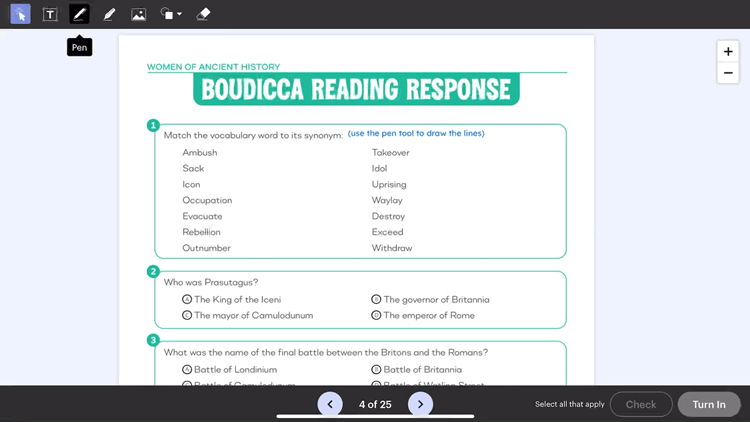6 Reasons Digital Teaching Tools Could Be Here To Stay
Over the last few years, during the Covid pandemic, teachers have had to adapt to a rapidly changing teaching environment. Some classes were completely online for a period of time and some were hybrid, a combination of in-class and online teaching. The standard printed materials were no longer practical for most students. Not only did resources need to be available online, but they needed to be user-friendly enough for the student or the parent.
Online learning came a long way during this time. Teachers now have access to a multitude of digital resources. But now that in-class learning is back, will digital resources still prove useful?
Here are a few reasons digital tools could be here to stay:
Economy - The initial costs for devices such as tablets may be high, but printing may be more expensive in the long run. Here in Scotland, schools with a few hundred students in Scotland have to budget tens of thousands of dollars every year just for printing. With tablets already in place in many schools, switching to digital resources will mean more money for other resources.
Environment - We teach children the importance of reducing waste, but how many tonnes of paper get discarded every year by students and teachers? Online resources can be completed without wasting paper, helping the environment and setting a good example for our students.
Inclusion - There is some evidence that providing computer equipment to students can help disadvantaged students catch up on learning by increasing their confidence and interest, giving them a more positive attitude towards learning. (The impact of digital technology by Becta)
Time - Many digital resources, including Easel by Teachers Pay Teacher and Boom Learning, are self-grading, providing reports to teachers and saving them hours of marking. Digital reports give teachers access to quicker, more accurate assessments. With Easel, teachers can see results as students submit their work. This gives teachers the ability to easily identify any areas where students are struggling and address these issues right away.
Raising Attainment - Unlike paper resources, digital resources can offer immediate feedback. This can help students with positive reinforcement, giving them more control over their learning, and the ability to practise a skill on their own terms can give them more confidence. There is some evidence that these benefits contribute to attainment. (The Impact of Digital Technology on Learning by Higgins, Xiao & Katsipataki)
A review commissioned by the Scottish government found that “there is conclusive evidence that digital equipment, tools and resources can, where effectively used, raise the speed and depth of learning in science and mathematics for primary and secondary age learners. There is indicative evidence that the same can be said for some aspects of literacy, especially writing and comprehension. Digital technologies appear to be appropriate means to improve basic literacy and numeracy skills, especially in primary settings.”
- Literature Review on the Impact of Digital Technology on Learning and Teaching [https://www.gov.scot/publications/literature-review-impact-digital-technology-learning-teaching/pages/4/]
The pandemic certainly sped up the transition from analog to digital with regard to education, but as digital technology becomes more common and environmental concerns more prevalent, I think digital resources are here to stay.

